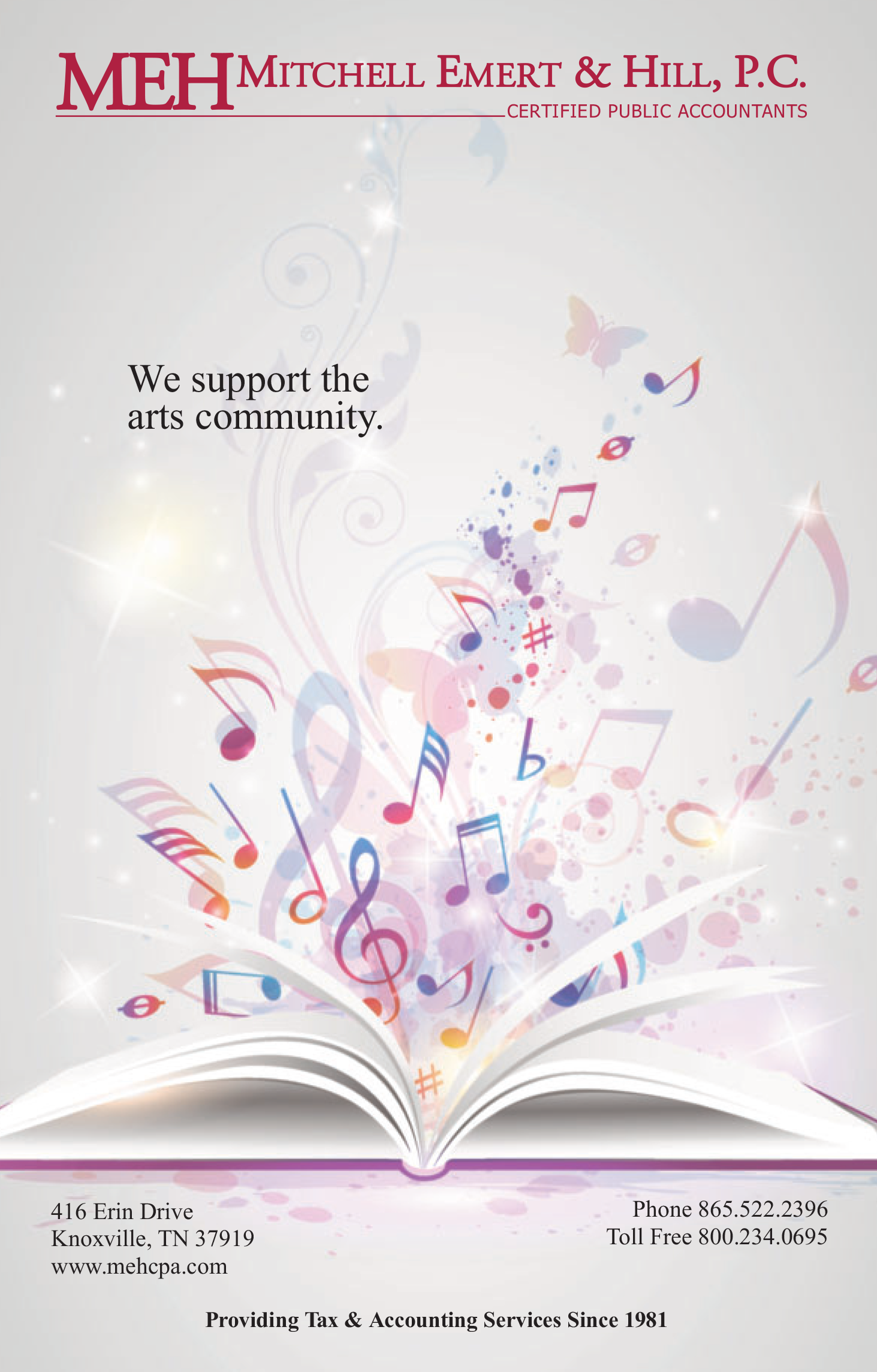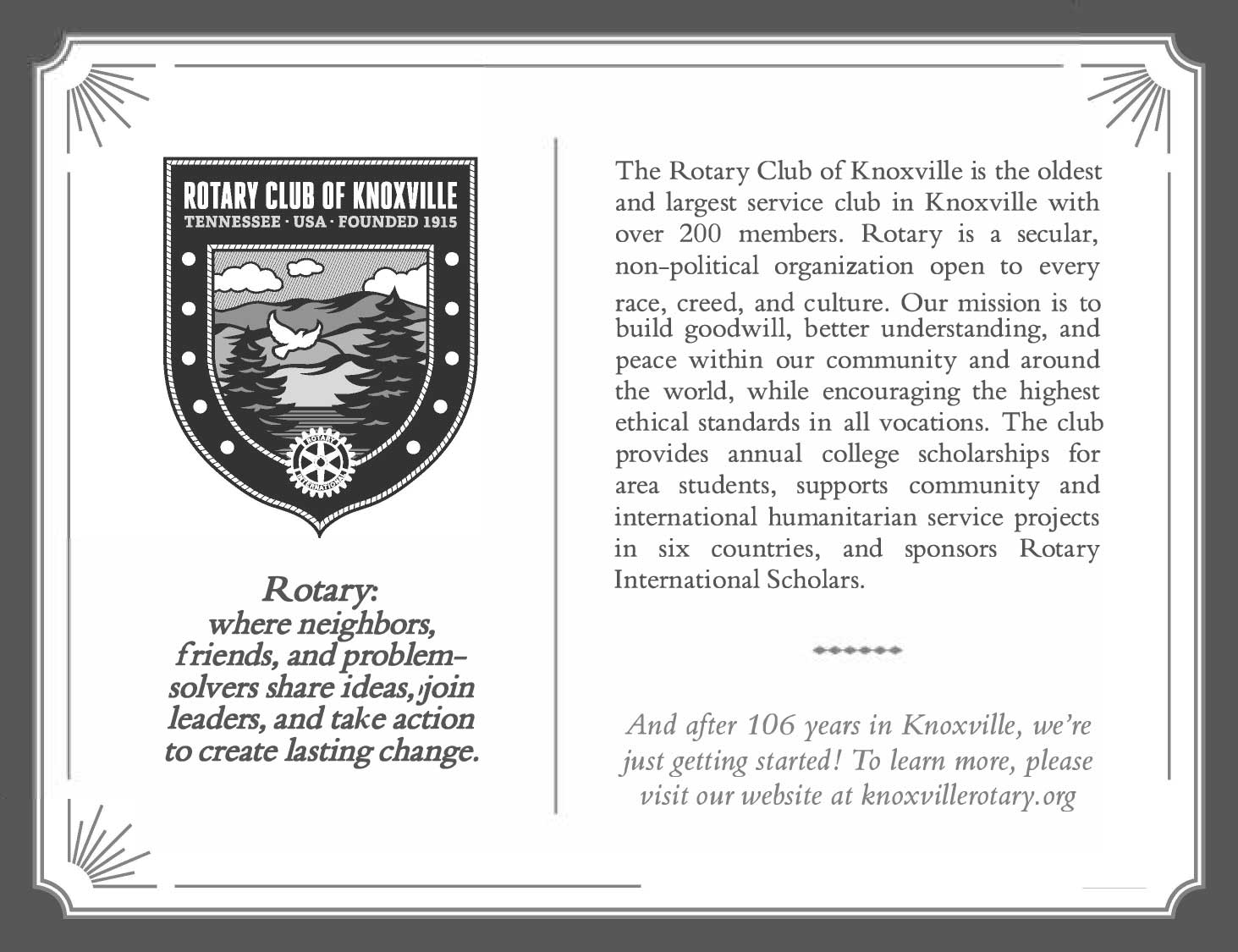
Watercolors (2016)
Dosia McKay was born in the Baltic city of Gdańsk. The world premiere of Watercolors was performed by the Knoxville Symphony Orchestra in Knoxville, Tennessee on November 18, 2021, with Resident Conductor James Fellenbaum. Watercolors is scored for two flutes, two oboes, two clarinets, two bassoons, two horns, two trumpets, two trombones, timpani, two percussionists, harp, and strings. Approximate performance time is seven minutes.
The composer provides the following notes on the work:
Piano Concerto in F-sharp minor, Opus 20 (1896)
Alexander Scriabin was born in Moscow, Russia, on January 6, 1872, and died there on April 27, 1915. The first performance of the Piano Concerto took place in Odessa, Ukraine, on October 23, 1897, with the composer as soloist, and Vasily Safonov conducting. In addition to the solo piano, the Concerto is scored for piccolo, two flutes, two oboes, two clarinets, two bassoons, four horns, two trumpets, three trombones, timpani, and strings. Approximate performance time is twenty-eight minutes.
Alexander Scriabin studied at the Moscow Conservatory from 1888-92. One of Scriabin’s fellow classmates was his dear friend, Sergei Rachmaninoff (it must have been quite the jarring contrast when Scriabin, just a bit over five feet tall, stood next to the 6’6” Rachmaninoff). Although Scriabin may not have been Rachmaninoff’s equal as a pianist (few, if any, were), he was a notable keyboard artist in his own right. When Scriabin graduated from the Conservatory, he earned the second-place medal in piano, behind Rachmaninoff. In 1898, Scriabin became a professor of piano at the Moscow Conservatory. Scriabin enjoyed success as a concert pianist. In addition to his accomplished technique and clarity of articulation, Scriabin was known as a pianist who loved to mine a variety and wealth of expression from a work. In his book The Great Pianists (Simon and Schuster, New York, 1963), Harold C. Schonberg quotes Ellen von Tideböhl’s eyewitness account of Scriabin performing his Piano Concerto in F-sharp minor throughout a series of 19 concerts. Tideböhl “later wrote that Scriabin played the work differently each time, ‘according to the happenings of the day and his mood at the moment.’”
Scriabin composed the F-sharp minor Piano Concerto in 1896. He was the soloist in the Concerto’s world premiere, which took place in Odessa on October 23, 1897. Vasily Safonov, one of Scriabin’s professors at the Moscow Conservatory, was the conductor. The Concerto was Scriabin’s first work to include an orchestra. Scriabin’s publisher, Mitrofan Belyayev, forwarded the score of the Concerto to Nikolai Rimsky-Korsakov for his comments. Rimsky-Korsakov, one of the great masters of orchestration, was highly critical of the work. Scriabin attempted to smooth matters over with a letter of apology to Rimsky-Korsakov. But Scriabin mistakenly sent Rimsky-Korsakov a letter he had intended for Sergei Taneyev, which only served to exacerbate the situation. Despite Rimsky-Korsakov’s misgivings, Scriabin enjoyed considerable success with his Concerto, performing it throughout Russia and Europe. And after Scriabin’s death in 1915, Rachmaninoff performed the Concerto in concerts dedicated to the memory of his beloved friend.
When Scriabin composed his Piano Concerto, he was greatly influenced by the music of Frédéric Chopin. The Polish pianist/composer’s presence is undeniable in the work. As a London critic wrote of a 1914 Queen’s Hall performance of the Concerto by Scriabin: “To say that much of it is Chopinesque is to give it praise.” But the voice of Russian late Romanticism, embraced by such composers as Rachmaninoff, may be heard as well. And throughout, the writing for both the soloist and orchestra glows with transparent elegance.
The Concerto is in three movements. The first (Allegro) opens with a brief orchestral introduction, leading to the entrance of the soloist, and the first of the movement’s principal themes. The themes undergo the development and recapitulation of traditional sonata form, leading to the Allegro’s tempestuous conclusion. Muted strings launch the slow-tempo second movement (Andante), in F-sharp Major. Their radiant theme is the basis for a series of variations, culminating in graceful passagework for the soloist. The finale (Allegro moderato) begins with the soloist’s presentation of the movement’s dancing central theme. The finale abounds with energy and virtuoso display. The piano’s concluding flourish leads to a fortissimo resolution.
Notes on the Program by Ken Meltzer
Symphony No. 6 in B minor, Opus 74 (“Pathétique”) (1893)
Peter Ilyich Tchaikovsky was born in Kamsko-Votkinsk, Russia, on May 7, 1840, and died in St. Petersburg, Russia, on November 6, 1893. The first performance of the “Pathétique” Symphony took place in St. Petersburg on October 28, 1893, with the composer conducting. The “Pathétique” Symphony is scored for piccolo, three flutes, two oboes, two clarinets, two bassoons, four horns, two trumpets, three trombones, tuba, timpani, bass drum, cymbals, tam-tam, and strings. Approximate performance time is forty-six minutes.
Tchaikovsky conducted the world premiere of his Sixth and final Symphony, the “Pathétique,” in St. Petersburg on October 28, 1893. Nine days later, he was dead, at the age of 53. For years, the accepted explanation of Tchaikovsky’s demise, first advanced by his brother, Modest, was that the composer died as a result of Russia’s cholera epidemic.
Throughout his life, Tchaikovsky frequently suffered from depression, and, on at least one prior occasion, attempted to kill himself. In recent decades, evidence has surfaced that Tchaikovsky may have committed suicide, perhaps in order to avoid public humiliation over an illicit relationship.
A consensus on this volatile issue is unlikely. Nevertheless, it is difficult to listen to Tchaikovsky’s final Symphony and not sense the composer’s premonition of his own demise. As Tchaikovsky confided to his nephew, Vladimir Davïdov, to whom he dedicated the “Pathétique”:
Whilst I was on my travels I had an idea for another symphony, a programme symphony this time; but the programme will be left as an enigma—let people guess it for themselves. This programme is so intensely personal that as I was mentally composing it on my travels I frequently wept copiously.
Whatever program Tchaikovsky intended for the Sixth Symphony, he chose a unique road for its musical journey. Tchaikovsky’s Fourth and Fifth Symphonies—both depictions of a struggle with fate—conclude with rousing, triumphant finales. However, Tchaikovsky informed Davïdov that, in the “Pathétique,” “Formally there will be much that is new in this symphony, and incidentally the Finale won’t be a loud Allegro but, on the contrary, a very slow-moving Adagio.”
Tchaikovsky realized his departure from symphonic convention might well hinder the work’s acceptance. Indeed, the premiere of the “Pathétique” (a nickname suggested by Modest Tchaikovsky) was far from a triumph. The critics and audience—no doubt bewildered by the work’s frequently morbid tone and unconventional structure—offered a lukewarm reception. Still, Tchaikovsky maintained faith in his new Symphony and informed his publisher: “It’s not that it displeased, but it produced some bewilderment. As far as I’m concerned, I take more pride in it than in any other of my works.”
In time, Tchaikovsky’s “Pathétique” has become recognized as the composer’s symphonic masterpiece, a fitting summation of the life and career of Russia’s most beloved composer. It is a work of extraordinary power, a Symphony that presents a stunning array of emotions, cast in a bold, revolutionary format. Tchaikovsky left no doubt as to his affection for the “Pathétique.” He wrote to Davïdov: “I definitely consider it the best, and, in particular, the most sincere of all my works. I love it as I have never loved any of my other musical offspring.”
The first movement opens with a pensive introduction (Adagio) that foreshadows the principal Allegro non troppo. The fierce battle depicted in the central portion of the opening movement finally resolves to a peaceful close. Instead of the traditional slow-tempo second movement, Tchaikovsky substitutes a leisurely dance (Allegro con grazia). The music is in the character of a waltz but set in a 5/4 meter that conveys a sense of unease—even, perhaps, of disorientation. The third movement is a vigorous march (Allegro molto vivace) that propels to a stunning close. After a final struggle, the closing movement (Adagio lamentoso) fades to heartbreaking silence.
Notes on the Program by Ken Meltzer


















